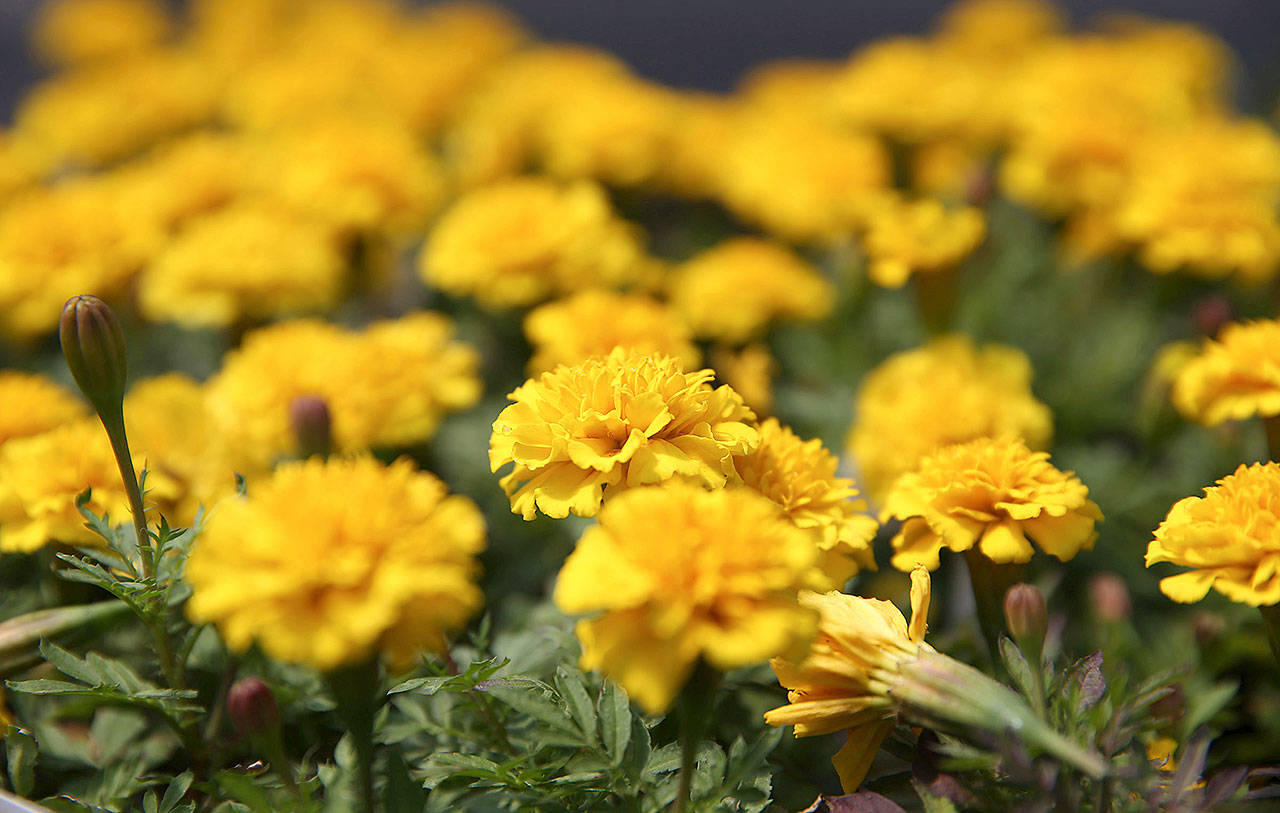By Nancy Brachey, The Charlotte Observer
Everyone’s a gardener in April. That is when cars almost automatically turn in the direction of garden centers where everyone stocks up on their favorite plants for spring.
For many people, the first choices are some of the many annuals that are already in bloom with the promise of more to come in the months ahead.
The choices are dazzling, particularly in the great range of colors that are in the marketplace now. And that raises a question about how to combine this fabulous array in your flower beds.
The first rule is to follow your heart. Most everyone has favorites on the color spectrum. These colors such as bright red, vivid purple or cheerful yellow make them happy at the first sight. Don’t be afraid to walk into a garden center and tell yourself, “I really like orange,” or “This year, I’m going for violet.”
Once you know this, you can forge ahead. Then, surrounded by all these colors you realize you will not be happy with just one.
That’s when the wonderful task of mixing them awaits. Some gardeners may fear this, thinking they may do it wrong and mess up the entire summer. But those of us who practice mixing colors know it works every time.
That is because the colors of nature go together beautifully. The most beautiful flower beds I have ever seen combine many colors.
If you are just beginning, look at this task in a couple of ways.
The first is varying tones of one color. Pink and yellow flowers, for example, come in many shades from pale and soft to bright and vivid. It is the same with purple, which ranges from palest lilac to deepest violet. Tones of the same color always look good and interesting together. This is especially effective in large containers or hanging baskets.
A second approach that never fails is to choose the three primary colors, red, yellow and blue, and mix them up with various annuals. This makes a beautiful sight, refreshing, vivid and easy to accomplish with the range of choices on the market today.
You do not have to make a clear, one-third division among these colors. It is fine if one, such as red million-bells or yellow marigolds, dominate. Let the blues and yellows provide the supporting cast. Yellow, even in small amounts, will add zing and zest to a bed, the same way it does with an arrangement in a vase.
By practicing those two approaches to color, you will gain confidence in mixing plants. That will lead you to a third one, which boils down to combining very bold colors. Red and purple, purple and orange or orange and blue may not seem made for each other, but they combine very well, especially when you choose the vivid tones of these colors.
If your eyes need time to adjust to these hot combos, add a bit of green foliage and see how you like that. The addition of silver foliage or white flowers will also accomplish this bit of softening.
Talk to us
> Give us your news tips.
> Send us a letter to the editor.
> More Herald contact information.

























